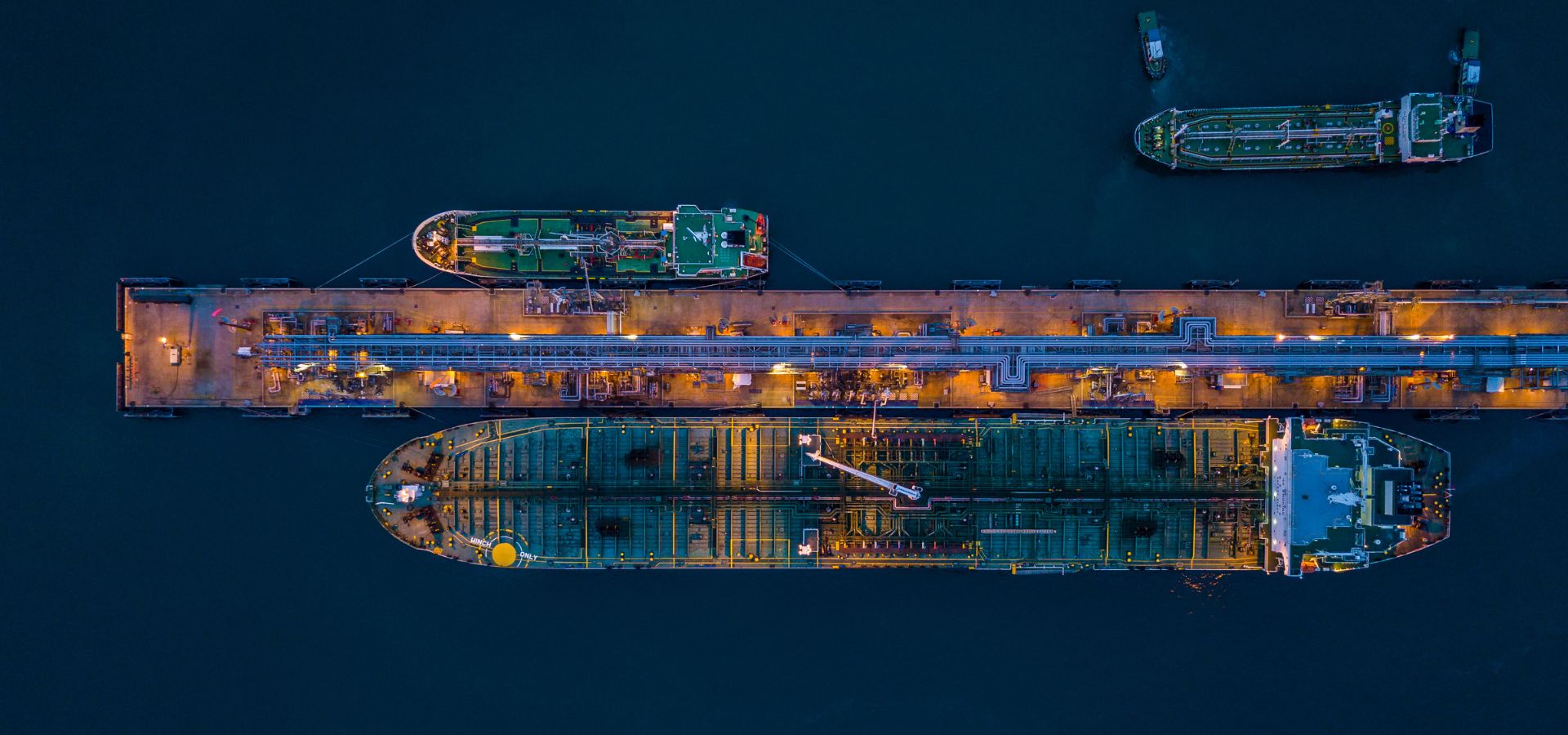
Green Vessels, Blue Oceans: AVIN’s Eco-Friendly Fleet Transformation
In today’s maritime world, environmental responsibility is no longer a bonus—it’s a business imperative. As climate regulations intensify and sustainability becomes a competitive differentiator, forward-thinking shipping companies are transforming their fleets to align with a low-carbon future.
AVIN INTERNATIONAL LTD is among the frontrunners of this transition. Through its AVIN Green Shipping initiative, the company is executing a bold and systematic eco-friendly fleet transformation, proving that green vessels mean cleaner oceans—and smarter business.
Why Fleet Transformation Matters
Shipping is responsible for nearly 3% of global greenhouse gas emissions, and over 90% of international trade still relies on vessels powered by fossil fuels. Fleet transformation is the most effective—and measurable—way for a maritime company to:
Reduce carbon and pollutant emissions
Improve fuel efficiency and operational performance
Meet evolving IMO and EU climate regulations
Position itself as an ESG-aligned transport partner
Future-proof assets for the era of green financing
AVIN’s Vision: A Smarter, Cleaner Fleet
AVIN’s fleet transformation strategy is not a reactive move. It’s a proactive, long-term investment in:
Next-generation vessel design
Fuel-flexible propulsion systems
Digital efficiency tools
ESG integration across all fleet-related decision-making
With dozens of modern tankers and newbuilds in the pipeline, AVIN is creating a fleet that not only sails efficiently—but sails responsibly.
Core Components of AVIN’s Green Fleet Strategy
1. Low-Emission Vessel Architecture
AVIN’s new and retrofitted vessels incorporate:
Hydrodynamic hulls with optimized shape to reduce drag
Air lubrication systems, creating a microbubble layer under the hull
Energy-saving devices like propeller boss cap fins and rudder bulbs
High-efficiency dual-fuel engines (LNG/MGO) ready for future clean fuels
These design upgrades can reduce fuel consumption by up to 15–20%, significantly lowering emissions per voyage.
2. Alternative Fuel Integration
AVIN is actively investing in fuel diversification, with readiness for:
LNG as a transition fuel, reducing CO₂ by ~20% and eliminating SOₓ emissions
Biofuels compatible with existing engine infrastructure
Green methanol and ammonia in future-ready designs
Scalable pathways for hydrogen retrofitting as infrastructure evolves
By designing for fuel flexibility, AVIN builds a fleet that evolves as the fuel market matures.
3. Smart Digital Optimization Systems
Every vessel in the modernized AVIN fleet is equipped with:
Real-time fuel and emissions monitoring
Voyage optimization tools using weather and performance data
AI-powered engine management systems
Full integration with CII and EEXI compliance dashboards
These tools drive down operational emissions while providing transparency to regulators and clients.
4. Onboard Sustainability Enhancements
Sustainability extends beyond the engine room. AVIN vessels are adopting:
Shore power systems (cold ironing) to eliminate port-side emissions
Ballast water treatment systems to protect marine biodiversity
Waste heat recovery units to reclaim energy onboard
Zero single-use plastics policies and smart waste segregation
This comprehensive onboard approach ensures environmental integrity from bridge to bilge.
ESG Alignment & Green Financing
AVIN’s fleet transformation is fully aligned with its Environmental, Social, and Governance (ESG) commitments. The company is:
Reporting Scope 1 emissions per vessel and route
Linking fleet KPIs to ESG performance indicators
Positioning for sustainability-linked loans and green insurance products
Demonstrating leadership in EU ETS and FuelEU Maritime compliance
For AVIN, a greener fleet isn’t just a technical upgrade—it’s a strategic ESG investment.
Impact So Far: Results That Matter
AVIN’s eco-friendly fleet transformation has already delivered:
More than 25% fuel savings in optimized vessels
Significant reductions in CO₂ and sulfur emissions across core trade routes
Improved CII ratings fleet-wide
Increased operational efficiency with lower maintenance costs
Enhanced trust from charterers and investors seeking climate-aligned transport partners
Looking Ahead: Future-Ready Fleet, Cleaner Oceans
By 2030, AVIN aims to:
Operate a fleet with net-zero newbuild capability
Use alternative fuels in over 50% of voyages
Deploy zero-emission support vessels in port operations
Expand participation in Mediterranean green corridors
The company’s strategy reflects a clear understanding: fleet transformation is not a trend—it’s a transition to the future of shipping.
Conclusion: Greener Vessels, Bluer Oceans
AVIN INTERNATIONAL LTD is redefining maritime excellence through its eco-friendly fleet transformation. By combining cutting-edge design, clean fuel integration, smart systems, and ESG discipline, AVIN is proving that green vessels are not a vision—they are a reality.
And in doing so, the company contributes not only to a more competitive fleet—but to healthier oceans, a cleaner atmosphere, and a more responsible maritime economy.
